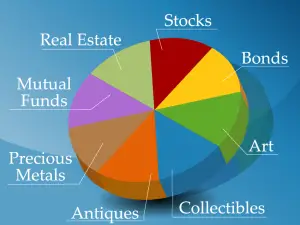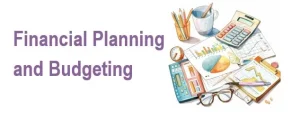
The “pay yourself first” principle emphasizes prioritizing your financial well-being before allocating money to other expenses. Here’s how it works:
When your paycheck comes in, you first set aside a portion of it for your savings or investments—such as an emergency fund, retirement account, or other financial goals. By doing this before covering discretionary spending or even some bills, you’re ensuring that your financial priorities are addressed first.
Why It’s Important:
- Builds Savings Discipline: It creates a habit of consistently saving and reaching your financial goals.
- Avoids Overspending: By saving first, you reduce the risk of spending too much on non-essential items and being left with little to save.
- Prepares for Emergencies: It helps you build a safety net for unforeseen circumstances.
- Supports Long-Term Goals: Whether it’s buying a home, starting a business, or retiring early, this strategy ensures your future is financially secure.
How to Implement:
- Automate Your Savings: Set up automatic transfers to a savings account right after your paycheck is deposited.
- Determine a Percentage: Start with a manageable percentage (e.g., 10-20%) and adjust as needed.
- Prioritize Debt Repayment if Necessary: If you’re carrying high-interest debt, use a portion of this “pay yourself first” amount to pay it down.
Here’s a step-by-step plan to implement the “pay yourself first” strategy effectively:
1. Set Clear Financial Goals
- Determine what you’re saving for: an emergency fund, retirement, a big purchase, or investments.
- Break down your goal into short-term, medium-term, and long-term targets.
2. Define the Savings Amount
- Decide on a percentage of your paycheck to set aside. Start with 10-20% if you’re new to saving, and adjust as your financial situation improves.
3. Automate Your Savings
- Schedule automatic transfers to a separate savings or investment account as soon as your paycheck is deposited. This eliminates the temptation to spend it.
4. Track Your Expenses
- Make a budget to understand your fixed and variable expenses. This will ensure that your “pay yourself first” amount doesn’t interfere with essential payments.
5. Prioritize Debt
- If you have high-interest debt, allocate a portion of your savings to pay it down faster.
6. Build an Emergency Fund
- Focus initially on saving for 3-6 months’ worth of living expenses to prepare for unexpected situations.
7. Invest for Growth
- Once you’ve built up your emergency fund, start investing your savings in stocks, bonds, mutual funds, or other growth-oriented assets.
8. Adjust Over Time
- Periodically review your budget and savings percentage, increasing it as your income grows or debts decrease.
This approach shifts your mindset from spending first to saving first, putting your financial health at the forefront.



